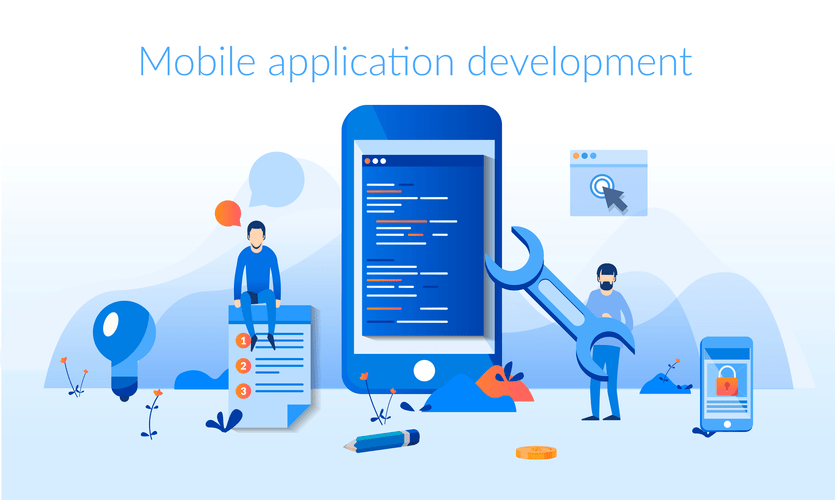Content
Cloud computing is delivering various IT services – like hosting, storing, and processing data – over the Internet. For example, instead of saving your files on your hard drive, you can now save them to the cloud and access them anywhere, as long as you’re connected to the Internet. Cloud computing supports real-time collaboration, even for remote or distributed teams. For example, multiple team members can simultaneously work on a file in Google Docs instead of creating file in Microsoft Word and emailing attachments back and forth. This makes cloud computing a popular option both for businesses and individual users.
PC sales continue to sag as business users and consumers remain conservative in spending and wait to see if the macroeconomic … Servers, storage and professional services all saw decreases in the U.S. government’s latest inflation update. When comparing SD-WAN and VPN, enterprises choosing between the two technologies should consider factors like cost, management … Employ the principle of least privilege , and require strong passwords and 2FA or MFA. You will also want to make sure you’ve read your provider’s terms of service . Reading the TOS is essential to understanding if you are receiving exactly what you want and need.
How to manage security in the cloud?
Organizations that do not invest in cloud security face immense issues that include potentially suffering from a data breach and not staying compliant when managing customer sensitive data. Every minute of downtime costs an organization in opportunity cost of potential security companies list sales, customer loyalty, and reputational damage. A comprehensive cloud security solution can help ensure that organizations are not victim to DDos attacks, and that traffic surges are managed appropriately through a global network edge server infrastructure.

Privileges must be role-based, and all access privileges must be constantly audited and revised. In addition to access policies, good IAM hygiene, such as strong password policies and permission timeouts, must also be implemented. This means that the admin team of the client company does not have all the information it possessed with an on-premise-only setup. In such a case, it becomes difficult to identify and visualize all cloud assets. As per the 2020 Cloud Computing Study by IDG, 81% of organizations host at least one application or module of their infrastructure on the cloud.
Identity and Access Management (IAM)
IIoT connects and integrates industrial control systems with enterprise systems, business processes and analytics. This combination of machines, computers, and people, enable intelligent industrial operations using advanced data analytics for transformational business outcomes. Focuses on the ability of a remote attacker to get to the internal network.
- Because of the ubiquitous nature of cloud computing, a security incident may be detected in or affect several cloud instances.
- A major benefit of the cloud is that it centralizes applications and data and centralizes the security of those applications and data as well.
- The management of cryptographic keys in a cryptosystem for data control and security with cloud services.
- Just-in-time access is the capability to provide access only when needed.
- Since in the cloud, all components can be accessed remotely 24/7, the lack of cloud security puts all this gathered data in danger all at once.
- Usually a process must be in place to formalize ownership for these new assets.
The capability to have a virtual workspace where different operating systems can be installed based on customer needs. Some monolithic applications may be built from a large number of components and libraries that may have been supplied by different vendors and some components may also be distributed across the network. A hardware address that uniquely identifies each component of an IEEE 802-based network. On networks that do not conform to the IEEE 802 standards but do conform to the OSI Reference Model, the node address is called the Data Link Control address. Tracking the organization’s capabilities against industry best practices, benchmarking, and maturity to show progress over time.
Cloud Computing Security Challenges
One of the primary objectives of cloud security is data protection by mitigating threats. A cloud security solution will include tools to implement barriers between the visibility and access points for sensitive data. Businesses use cloud security to protect customer and commercially sensitive data, and meet compliance regulations. The specific requirements vary depending on the company size, industry, and volume of data stored in the cloud. In medium- and large-sized businesses, the IT team will manage the relevant configurations in partnership with a security solution provider.
The remainder of the section focused on security controls and how they are selected for different realms. The next section examines the limits of security controls and gets us closer to defining best practices and other strategies for achieving effective cloud security. In fact from 2009 to 2011, the number of cloud vulnerability incidents more than doubled—from 33 to 71, most likely due to the phenomenal growth in cloud services. The Cloud Security Alliance is the world’s leading organization dedicated to defining and raising awareness of best practices to help ensure a secure cloud computing environment.
Cloud Deployment Models
Similarly, companies have seen the same shift with their organizational data — from on-premise servers to cloud storage. Some advanced encryption algorithms which have been applied to cloud computing increase the protection of privacy. In a practice called crypto-shredding, the keys can simply be deleted when there is no more use of the data. There are several different types of attacks on cloud computing, one that is still very much untapped is infrastructure compromise.

An isolated environment that provides abstraction of trust concerns between custom or third party code and the underlying system. Allows applications to run in a context that does not affect each other or the host operating system and allows the enterprise to have an area with managed security controls for applications with sensitive data. The release management architecture is the set of conceptual patterns that support the movement of pre-production technical resources into production.
Cloud security defined
The Cloud Controls Matrix is a framework of controls that cover all key aspects of cloud technology that can be used to asses the security of any cloud implementation. The Consensus Assessment Initiative Questionnaire is a spreadsheet of CCM’s controls arranged as yes/no questions making them easy to use. Learn more about what CCM and CAIQ are, why they’re important, and how to use them. Participate https://globalcloudteam.com/ in THE cloud security conference of the year at SECtember 2023. ZTNA is a secure access tool that allows users to connect safely to workloads inside an enterprise network. 1) A Zero Trust Architecture enables secure authorized access to each individual resource, whether located on-premises or in the cloud, for a hybrid workforce and partners based on an organization’s defined access policy.